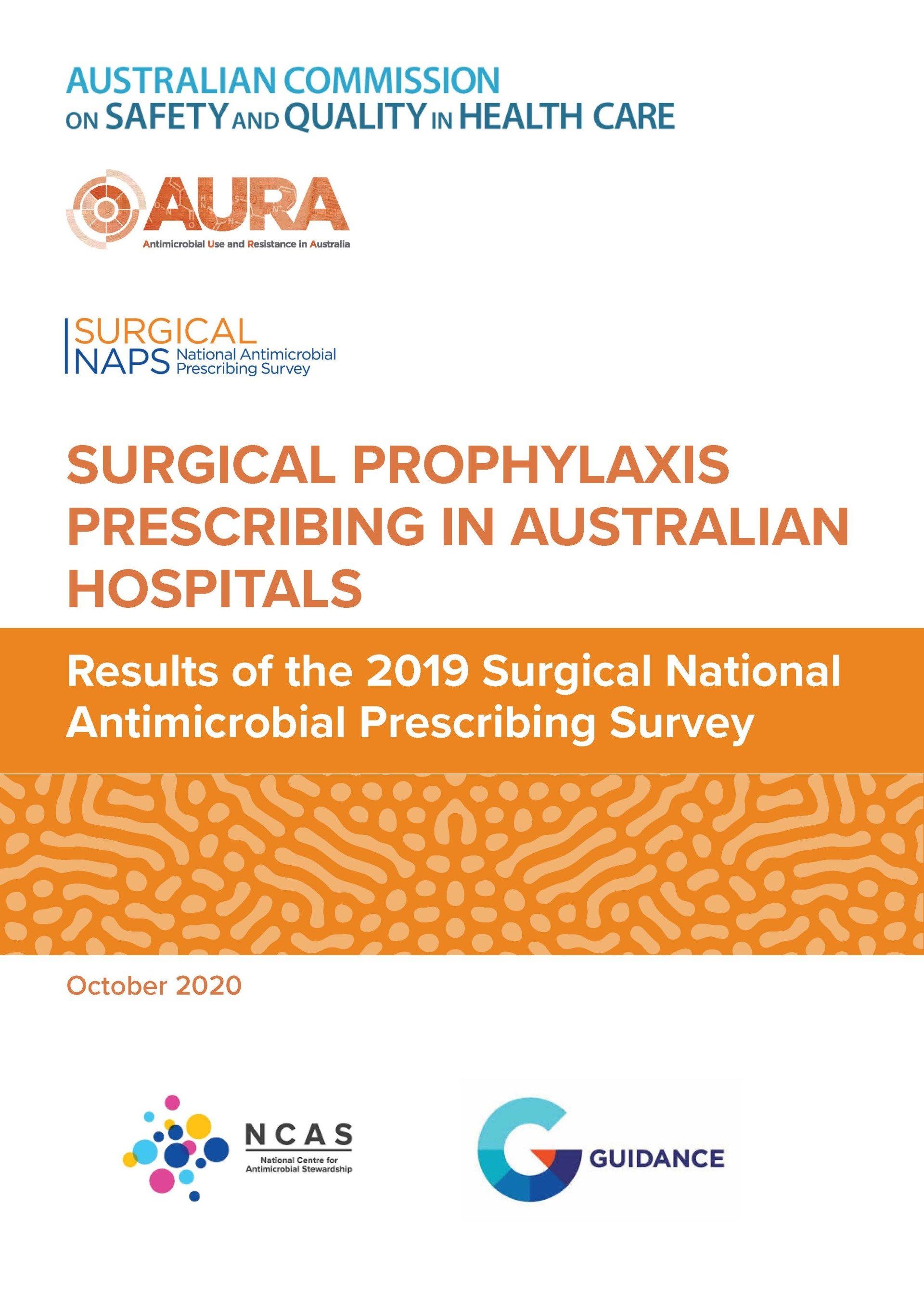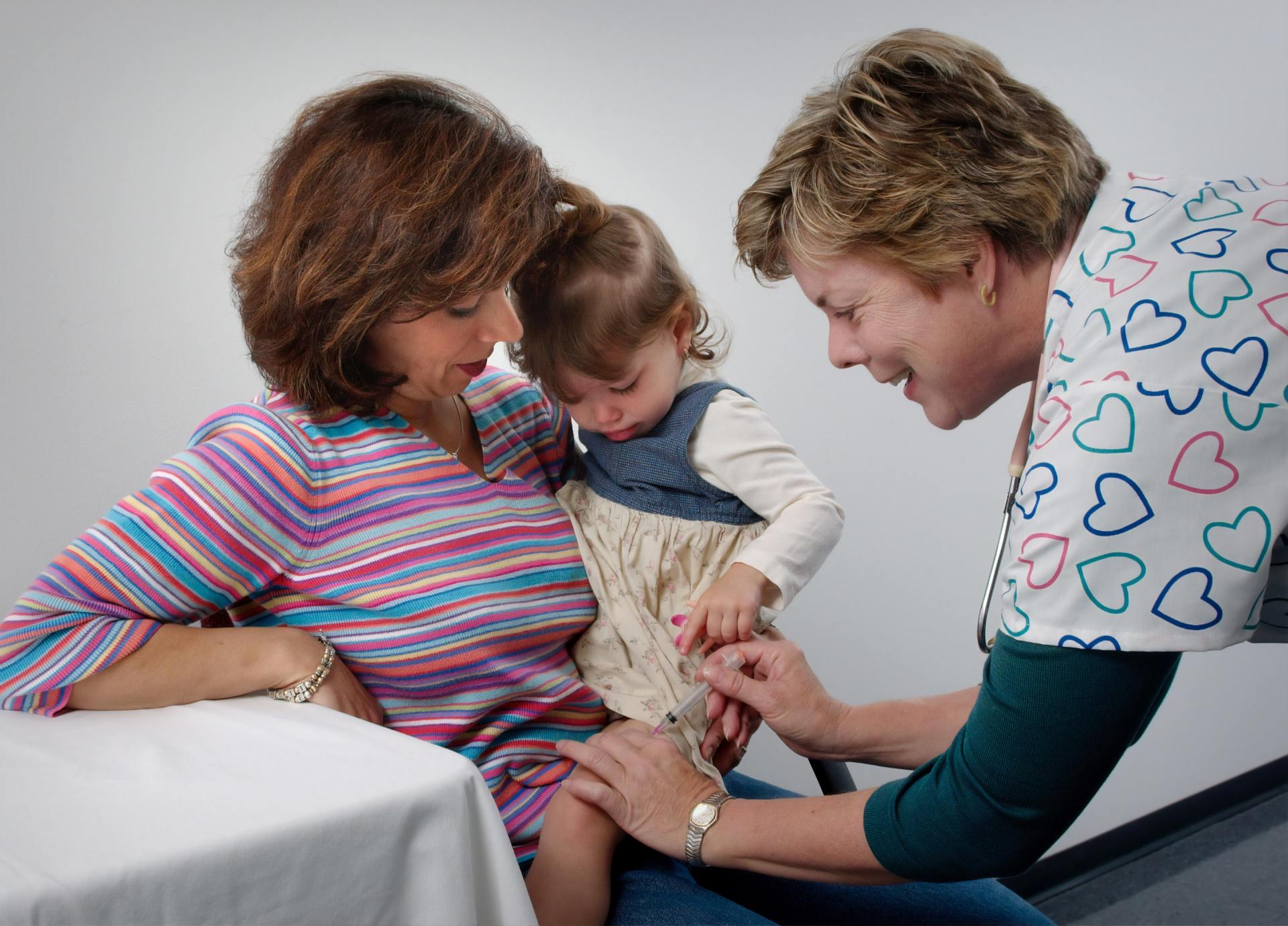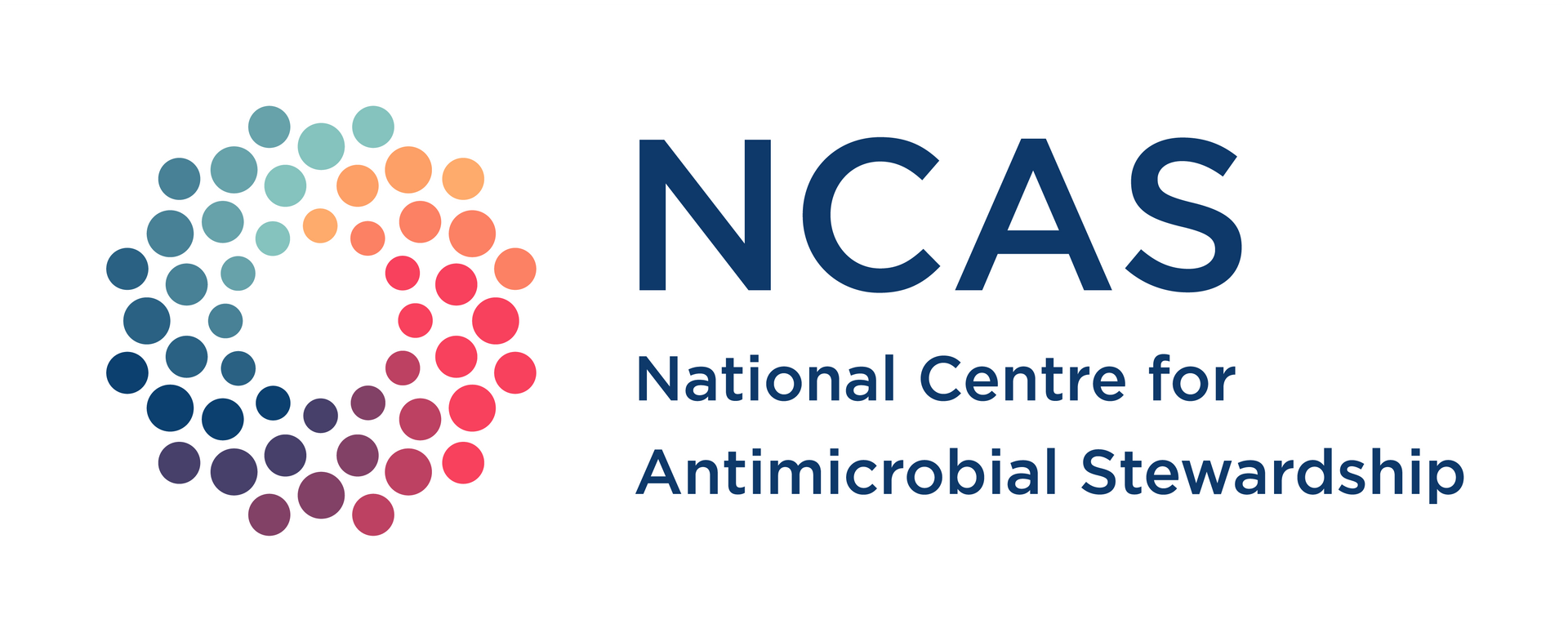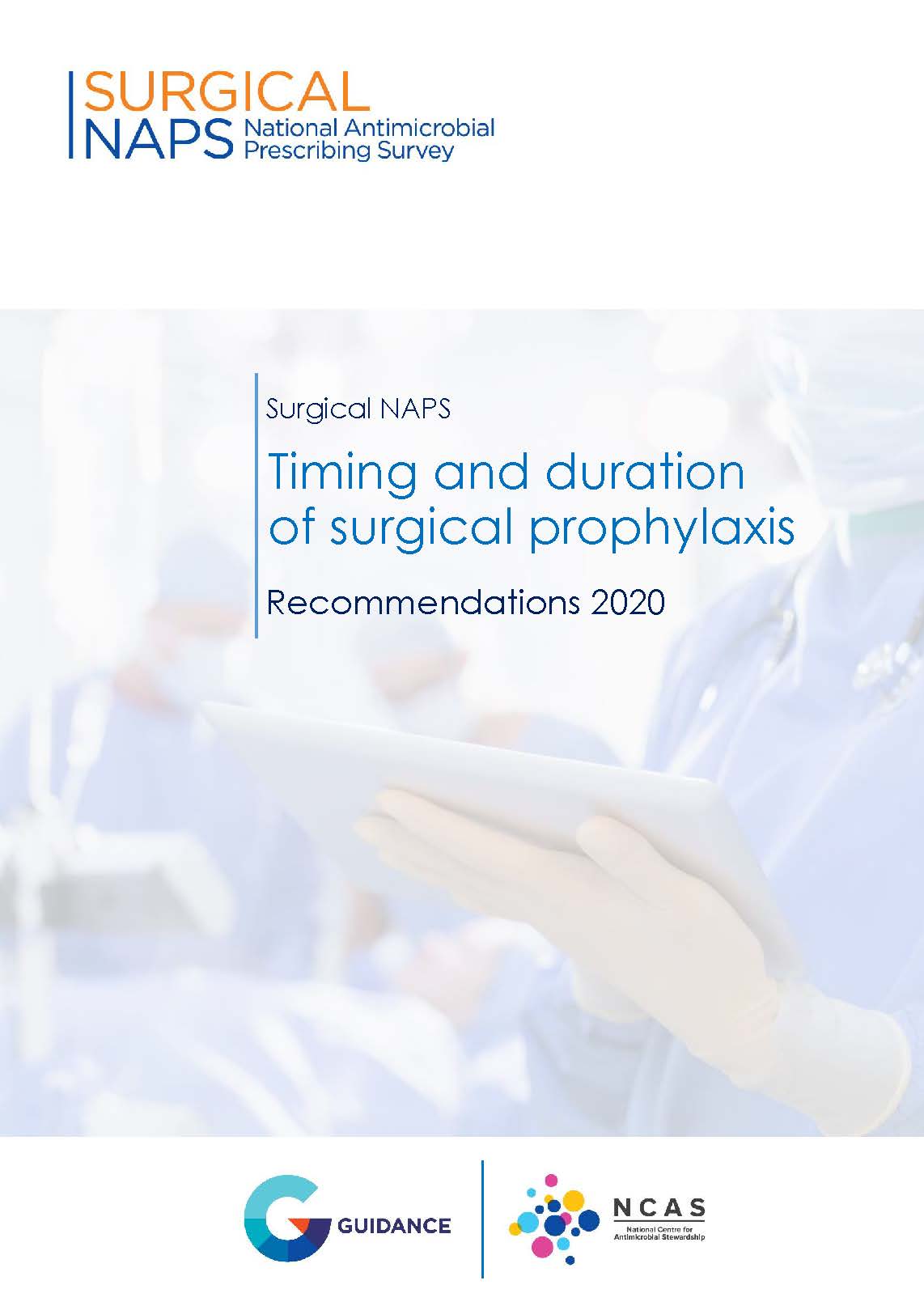Hospitals
Resources
These resources are tailored for clinicians in a hospital setting. Can't find what you're looking for? You may request for additional resources to be added here.

Nurses: an underused, vital asset against drug-resistant infections Enrique Castro-Sánchez, Jo Bosanquet, Molly Courtenay, Rose Gallagher, Fiona Gotterson, Elizabeth Manias, Jo McEwen, Val Ness, Rita Olans, Maria Clara Padoveze, Briette du Toit & Miquel Bennasar-Veny Read the correspondence here , in response to Murray, C. et al Global burden of bacterial antimicrobial resistance in 2019: a systematic analysis, also published in The Lancet (found here ). Citation : Castro-Sánchez, E., Bosanquet, J., Courtenay, M., Gallagher, R., Gotterson, F., Manias, E., ... & Bennasar-Veny, M. (2022). Nurses: an underused, vital asset against drug-resistant infections. The Lancet, 400(10354), 729. doi: https://doi.org/10.1016/S0140-6736(22)01531-8

Influences on nurses’ engagement in antimicrobial stewardship behaviours: A multi-country survey using the Theoretical Domains Framework Angel Marie Chater, Hannah Family, Ligia Maria Abraao, Emma Burnett, Enrique Castro-Sanchez, Briëtte Du Toit, Rose Gallagher, Fiona Gotterson, Elizabeth Manias, Jo Mcewen, Rosely Moralez de Figueiredo, Martina Nathan, Val Ness, Rita Olans, Maria Clara Padoveze & Molly Courtenay Abstract Background Antimicrobial resistance (AMR) is significantly affected by inappropriate antibiotic use, and is one of the greatest threats to human health. Antimicrobial stewardship (AMS) is a programme of actions promoting responsible antimicrobial use, and is essential for limiting AMR. Nurses have an important role to play in this context. Aim This study investigated the determinants of nurse AMS behaviours and the impact of past training. Method A cross-sectional multi-country survey design with mixed methods was employed. Participants were 262 nurses (223 female; mean age = 44.45; SD = 10.77 years) from ten nationalities, with individual survey links sent via professional networks in 5 countries, alongside Twitter. Nine AMS behaviours and 14 behavioural determinants were quantitatively assessed using the Theoretical Domains Framework (TDF), and mapped to the COM-B (Capability, Opportunity, Motivation – Behaviour) model. Analysis identified differences between nurses with and without AMS training. The influence of COVID-19 on AMS behaviour was qualitatively investigated using free text data. Findings Nurses performed all nine AMS behaviours, which were significantly higher (t(238) = -4.14, p < .001), by those who had training (M = 53.15; SD = 7.40) compared to those who had not (M = 48.30; SD = 10.75). Those with AMS training scored significantly higher in all of the TDF domains. The TDF was able to explain 27% of the variance in behaviour, with ‘Skills’ and ‘Behavioural Regulation’ (e.g. ability to self-monitor and plan), shown to be the most predictive of AMS actions. Both of these domains are situated in the Capability construct of COM-B, which can be enhanced with the intervention strategies of education and training. An increase in AMS behaviours was reported since COVID-19, regardless of previous training. Six core themes were linked to AMS: 1) Infection prevention and control, 2) Antimicrobials and antimicrobial resistance, 3) The diagnosis of infection and the use of antibiotics, 4) Antimicrobial prescribing practice, 5) Person-centred care, and 6) Interprofessional collaborative practice. Conclusion This research, has identified the significant benefit of nurse training on AMS behaviour, and its determinants. Those who had training, scored higher in all TDF determinants of behaviour, compared to those who had had no training, resulting in higher Capability, Opportunity and Motivation to perform AMS behaviours. AMS education and training should be offered to nurses to enhance these factors. Future research should consider the optimal level of training to optimise AMS behaviour, with a focus on developing skills and behavioural regulation. Read the full paper here . Citation : Chater, A. M., Family, H., Abraao, L. M., Burnett, E., Castro-Sanchez, E., Du Toit, B., Gallagher, R., Gotterson, F. ... & Courtenay, M. (2022). Influences on nurses’ engagement in antimicrobial stewardship behaviours: A multi-country survey using the Theoretical Domains Framework. Journal of Hospital Infection. 2022 July. doi: https://doi.org/10.1016/j.jhin.2022.07.010

Opportunities for nurse involvement in surgical antimicrobial stewardship strategies: A qualitative study Courtney Ierano, Arjun Rajkhowa, Fiona Gotterson, Caroline Marshall, Trisha Peel, Darshini Ayton, Karin Thursky Abstract Background Multi-disciplinary antimicrobial stewardship teams are a common strategy employed to optimise antimicrobial prescribing. Nurses play a pivotal role in patient care and safety; however, their role and potential opportunities across surgical antimicrobial stewardship are not well-established. This study aims to highlight health professional perspectives of the nurse's role and relevant opportunities for nurses to engage in and lead surgical antimicrobial stewardship initiatives. Methods An exploratory, multi-site, collective qualitative case study. Transcribed audio-recordings of focus groups with health professionals underwent thematic analysis, with mapping to established frameworks. Results Four key themes were identified; surgical antimicrobial prophylaxis is not prioritised for quality improvement, but nurses perceive benefits from surgical antimicrobial prophylaxis education and training; professional hierarchy hinders nurse engagement and leadership in antimicrobial stewardship; nurses are consistently engaged with patient care throughout the surgical journey; and clarity of roles and accountability for surgical antimicrobial prophylaxis review and follow-up can bolster quality improvement initiatives. Discussion Many opportunities exist for nurse engagement in surgical antimicrobial stewardship. Identification of barriers and enablers support theoretically informed strategies i.e., education and guideline accessibility; multidisciplinary collaborations; executive support for nursing capacity building and the standardisation of surgical antimicrobial prophylaxis workflow and documentation. Conclusions Nurses are critical to patient safety and to supporting antimicrobial stewardship, in the operating theatre, and throughout the patient's surgical journey. Applying theoretical frameworks to understand barriers and enablers to nurses’ contribution to antimicrobial stewardship has given insights to inform interventions to support nurse engagement. Tweetable abstract : Nurses are critical for patient safety. Many opportunities exist to support them as surgical antimicrobial stewards. Read the full paper here . Citation : Ierano, C., Rajkhowa, A., Gotterson, F., Marshall, C., Peel, T., Ayton, D., & Thursky, K. (2022). Opportunities for nurse involvement in surgical antimicrobial stewardship strategies: A qualitative study. International Journal of Nursing Studies, 128, 104186. DOI: https://doi.org/10.1016/j.ijnurstu.2022.104186 .

Anna Khanina, Shio Yen Tio, Michelle R. Ananda-Rajah, Sarah E. Kidd, Eloise Williams, Lynette Chee, Karen Urbancic, Karin A. Thursky and Australasian Antifungal Guidelines Steering Committee Abstract Invasive fungal diseases (IFD) are serious infections associated with high mortality, particularly in immunocompromised patients. The prescribing of antifungal agents to prevent and treat IFD is associated with substantial economic burden on the health system, high rates of adverse drug reactions, significant drug–drug interactions and the emergence of antifungal resistance. As the population at risk of IFD continues to grow due to the increased burden of cancer and related factors, the need for hospitals to employ antifungal stewardship (AFS) programmes and measures to monitor and prevent infection has become increasingly important. These guidelines outline the essential components, key interventions and metrics, which can help guide implementation of an AFS programme in order to optimise antifungal prescribing and IFD management. Specific recommendations are provided for quality processes for the prevention of IFD in the setting of outbreaks, during hospital building works, and in the context of Candida auris infection. Recommendations are detailed for the implementation of IFD surveillance to enhance detection of outbreaks, evaluate infection prevention and prophylaxis interventions and to allow benchmarking between hospitals. Areas in which information is still lacking and further research is required are also highlighted. Read the full paper here . Citation : Khanina, A., Tio, S. Y., Ananda-Rajah, M. R., Kidd, S. E., Williams, E., Chee, L., Urbancic, K., Thursky, K. A., & Australasian Antifungal Guidelines Steering, C. (2021, 2021/11/01). Consensus guidelines for antifungal stewardship, surveillance and infection prevention, 2021. Internal Medicine Journal, 51 (S7), 18-36. DOI: https://doi.org/https://doi.org/10.1111/imj.15586 .

Karin A Thursky, Laura Y Hardefeldt, Arjun Rajkhowa, Courtney Ierano, Jaclyn Bishop, Lesley Hawes, Ruby Biezen, Sajal K Saha, Leslie Dowson, Kirsten E Bailey, Ri Scarborough, Stephen B Little, Fiona Gotterson, Brian Hur, Anna Khanina, Karen Urbancic, Helen K Crabb, Suzanna Richards, Anna Sri, Rodney James, David C M Kong, Caroline Marshall, Danielle Mazza, Trisha Peel, Rhonda L Stuart, Jo-Anne Manski-Nankervis, N Deborah Friedman, Noleen Bennett, Thomas Schulz, Helen Billman-Jacobe, Evette Buono, Leon Worth, Ann Bull, Michael Richards, Darshini Ayton, James R Gilkerson, Glenn F Browning, Kirsty L Buising, National Centre for Antimicrobial Stewardship Abstract Antimicrobial stewardship (AMS) in Australia is supported by a number of factors, including enabling national policies, sectoral clinical governance frameworks and surveillance programmes, clinician-led educational initiatives and health services research. A One Health research programme undertaken by the National Centre for Antimicrobial Stewardship (NCAS) in Australia has combined antimicrobial prescribing surveillance with qualitative research focused on developing antimicrobial use-related situational analyses and scoping AMS implementation options across healthcare settings, including metropolitan hospitals, regional and rural hospitals, aged care homes, general practice clinics and companion animal and agricultural veterinary practices. Qualitative research involving clinicians across these diverse settings in Australia has contributed to improved understanding of contextual factors that influence antimicrobial prescribing, and barriers and facilitators of AMS implementation. This body of research has been underpinned by a commitment to supplementing ‘big data’ on antimicrobial prescribing practices, where available, with knowledge of the sociocultural, technical, environmental and other factors that shape prescribing behaviours. NCAS provided a unique opportunity for exchange and cross-pollination across the human and animal health programme domains. It has facilitated synergistic approaches to AMS research and education, and implementation of resources and stewardship activities. The NCAS programme aimed to synergistically combine quantitative and qualitative approaches to AMS research. In this article, we describe the qualitative findings of the first 5 years. Read the full paper here . Citation : Thursky, K. A., Hardefeldt, L. Y., Rajkhowa, A., Ierano, C., Bishop, J., Hawes, L., Biezen, R., Saha, S. K., Dowson, L., Bailey, K. E., Scarborough, R., Little, S. B., Gotterson, F., Hur, B., Khanina, A., Urbancic, K., Crabb, H. K., Richards, S., Sri, A., James, R., Kong, D. C. M., Marshall, C., Mazza, D., Peel, T., Stuart, R. L., Manski-Nankervis, J.-A., Friedman, N. D., Bennett, N., Schulz, T., Billman-Jacobe, H., Buono, E., Worth, L., Bull, A., Richards, M., Ayton, D., Gilkerson, J. R., Browning, G. F., Buising, K. L., & National Centre for Antimicrobial, S. (2021). Antimicrobial stewardship in Australia: the role of qualitative research in programme development. JAC-Antimicrobial Resistance, 3(4), dlab166. DOI: https://doi.org/10.1093/jacamr/dlab166 .

Jaclyn Bishop, Mark Jones, James Farquharson, Kathrine Summerhayes, Roxanne Tucker, Mary Smith, Raquel Cowan, N. Deborah Friedman, Thomas Schulz, David Kong and Kirsty Buising Abstract Despite the availability of evidence-based guidelines, antibiotics for cellulitis remain inappropriately prescribed. This evidence–practice gap is more evident in low-resource settings, such as rural hospitals. This implementation study developed and introduced a cellulitis management plan to improve antibiotic prescribing for cellulitis in three health services in regional Australia. Appropriateness of antibiotic prescribing for cellulitis at Day 1 was the primary outcome measure. Adults with ICD-10-AM codes for lower-limb cellulitis admitted as inpatients of the three health services between May and November 2019 (baseline, n = 165) and March and October 2020 (post-implementation, n = 127) were included in the assessment. The uptake of the cellulitis management plan was 29.1% (37/127). The appropriateness of antibiotic prescribing for cellulitis at Day 1 was similar at baseline (78.7%, 144/183) and in the intention-to-treat post-implementation group (81.8%, 126/154) [95% CI −5.6% to 11.3%, p = 0.50]. Commencement of the cellulitis management plan resulted in a non-statistically significant increase in antibiotic appropriateness at Day 1 compared to when a cellulitis management plan was not commenced (88.1% vs. 79.5%; 95% CI −5.6% to 19.8%; p = 0.20) Evaluation of more real-world strategies to address evidence–practice gaps, such as the appropriateness of antibiotic prescribing for cellulitis, is required. Read the full paper here . Citation : Bishop, J., Jones, M., Farquharson, J., Summerhayes, K., Tucker, R., Smith, M., Cowan, R., Friedman, N. D., Schulz, T., Kong, D., & Buising, K. (2021). Implementation of a Cellulitis Management Plan in Three Australian Regional Health Services to Address an Evidence–Practice Gap in Antibiotic Prescribing. Antibiotics, 10(11). DOI: https://doi.org/10.3390/antibiotics10111288 .

The 2019 Surgical NAPS Report has now been published by the Australian Commission on Safety and Quality in Health Care . Participation has continued to increase, with 144 public and private facilities contributing nationally. This report provides an analysis of procedural group specialty-level prescribing, highlighting differences across surgical specialty groups and offering targeted data to support targeted surgical AMS initiatives. Participate in the NAPS program (coordinated by NCAS) here .

Courtney E. Ierano, Karin Thursky, Caroline Marshall, Sonia Koning, Rodney James, Sandra Johnson, Nabeel Imam, Leon J. Worth and Trisha Peel Abstract Background: Surgical antimicrobial prophylaxis (SAP) is commonly administered in orthopaedic procedures. Research regarding SAP appropriateness for specific orthopaedic procedures is limited and is required to facilitate targeted orthopaedic prescriber behaviour change. Objectives: To describe SAP prescribing and appropriateness for orthopaedic procedures in Australian hospitals. Design, setting, and participants: Multi-center, national, quality improvement study with retrospective analysis of data collected from Australian hospitals via Surgical National Antimicrobial Prescribing Survey (Surgical NAPS) audits from January 1, 2016, to April 15, 2019, were analysed. Methods: Logistic regression identified hospital, patient and surgical factors associated with appropriateness. Adjusted appropriateness was calculated from the multivariable model. Additional sub-analyses were conducted on smaller subsets to calculate the adjusted appropriateness for specific orthopaedic procedures. Results: In total, 140 facilities contributed to orthopaedic audits in the Surgical NAPS, including 4,032 orthopaedic surgical episodes and 6,709 prescribed doses. Overall appropriateness was low, 58.0% (n = 3,894). This differed for prescribed procedural (n = 3,978, 64.7%) and post-procedural doses (n = 2,731, 48.3%). The most common reasons for inappropriateness, when prophylaxis was required, was timing for procedural doses (50.9%) and duration for post-procedural prescriptions (49.8%). The adjusted appropriateness of each orthopaedic procedure group was low for procedural SAP (knee surgery, 54.1% to total knee joint replacement, 74.1%). The adjusted appropriateness for post-procedural prescription was also low (from hand surgery, 40.7%, to closed reduction fractures, 68.7%). Conclusions: Orthopaedic surgical specialties demonstrated differences across procedural and post-procedural appropriateness. The metric of appropriateness identifies targets for quality improvement and is meaningful for clinicians. Targeted quality improvement projects for orthopaedic specialties need to be developed to support optimisation of antimicrobial use. Read more here . Citation: Ierano, C. E., Thursky, K., Marshall, C., Koning, S., James, R., Johnson, S., ... & Peel, T. (2020). Identifying targets for improvement using a nationally standardized survey: Surgical antimicrobial prophylaxis in orthopedic surgery. Infection Control & Hospital Epidemiology, 1-10. DOI: https://doi.org/10.1017/ice.2020.320 .

Kim Yeoh, Catherine George, Arjun Rajkhowa and Kirsty Buising Abstract Highlights: This study identified gaps in communication with patients regarding in-hospital antimicrobial therapy. There is a need for development and delivery of local quality improvement activities to address this gap. Patients would like more information regarding their antimicrobials. The value of written information about antimicrobial therapy was demonstrated. Background: The Antimicrobial Stewardship Clinical Care Standard states that patients should receive certain information about their antimicrobial therapy. How well the patient communication recommendations of the standard are followed in clinical practice is not well established. The aim of this pilot quality improvement study was to assess current practices around communication with hospitalised patients about their antimicrobial therapy, to determine compliance with current recommendations, and develop and implement quality improvement actions focused on patient communication for antimicrobial stewardship in Australia. Methods: Adult inpatients receiving one or more antimicrobials for greater than 72 h were recruited. A survey was conducted to assess rates of compliance with requirements to inform patients about the indication, duration and potential side effects of current antimicrobial therapy; modes of delivery of information; and rates of patient satisfaction with the information provided. A paper-based survey was conducted on the general medical, infectious diseases, geriatric evaluation and management, and rehabilitation wards in a 500-bed tertiary Australian hospital. A sample size of 50 was determined as adequate for a baseline analysis of patient communication practices and the development of quality improvement resources and actions. Responses to categorical questions were analysed quantitatively, with additional feedback from patients was collated and analysed qualitatively. Results: A total of 54 patients were surveyed. A majority (83%) of patients had been informed that they were taking antimicrobials, and, of these, 96% said they knew the indication, 18% were informed of potential side effects, and 36% knew the duration. Only 22% were informed of the review plan and 27% knew if antimicrobials would be continued on discharge. Written information was given to 11% of patients. Over half (62%) of patients either wanted more information or had concerns about their antimicrobial therapy. Patients reported difficulty in obtaining information. Fifty-eight percent of patients received antimicrobial information from doctors, 13% from nurses and 12% from pharmacists. Conclusions: This study identified gaps in communication with patients regarding in-hospital antimicrobial therapy, and highlighted the need for development and delivery of local quality improvement activities to address this gap. Keywords: Antimicrobial stewardship, p atient education, c linical care standard Read the full paper here . Citation: Yeoh, K., George, C., Rajkhowa, A., & Buising, K. (2020). Assessing patient understanding of their antimicrobial treatment: How are we doing and how might we improve? Infection, Disease & Health. DOI: https://doi.org/10.1016/j.idh.2020.07.003 .




